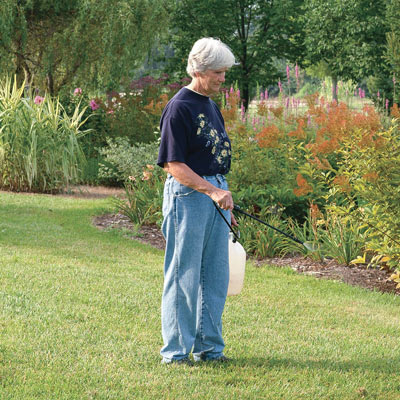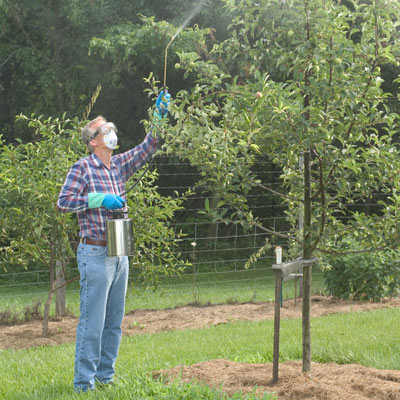What are nematodes?
Nematodes, commonly referred to as roundworms, are microscopic, unsegmented worms that exhibit a simple, tubular body structure. Despite their small size, typically ranging from 0.1 to 2.5 millimeters in length, nematodes play crucial roles in various ecosystems. Their bodies are cylindrical, tapering at both ends, and covered by a protective cuticle. Nematodes lack a circulatory or respiratory system, and their digestive system is relatively simple. While some nematodes are transparent or translucent, others may exhibit colors ranging from white to brown. Due to their minute size, nematodes are typically invisible to the naked eye. Under a microscope, their slender, worm-like appearance becomes apparent, showcasing their importance in soil ecology, where they contribute to nutrient cycling, decompose organic matter, and, in the case of beneficial nematodes, participate in natural pest control in gardens and agricultural settings.

In the context of gardening, nematodes are microscopic, cylindrical worms that can either be harmful or beneficial. When discussing nematodes for the garden, the focus is usually on beneficial nematodes, as they play a positive role in natural pest control and soil health. Here are the main types of beneficial nematodes used in gardening:
- Predatory Nematodes:
- These nematodes are natural predators of insect pests. They actively seek out and parasitize various soil-dwelling pests, such as larvae of beetles, weevils, and caterpillars. Popular species include Steinernema feltiae and Heterorhabditis bacteriophora.
- Entomopathogenic Nematodes:
- This group of nematodes is specifically parasitic to insects. They infect and kill insect pests, making them a valuable biological control method in agriculture and gardening. Examples include Steinernema carpocapsae and Steinernema kraussei.
- Beneficial Nematodes for Soil Health:
- Some nematodes contribute to soil health by feeding on bacteria, fungi, and other microorganisms. These nematodes help in nutrient cycling and maintaining a balanced soil ecosystem.
When using beneficial nematodes in the garden, they are often introduced to control specific pest populations. The application of nematodes can help reduce the need for chemical pesticides and promote a more sustainable and eco-friendly approach to pest management. Gardeners commonly utilize nematodes to combat soil-dwelling pests that can damage plant roots and negatively impact plant health.
The specific nematode species chosen depends on the target pests and the type of garden or crop. It’s essential to follow the recommended application guidelines provided by the nematode supplier to ensure optimal effectiveness.
How do I apply nematodes to my garden?

Using nematodes in the garden for pest control involves a straightforward process. Here’s a step-by-step guide on how to apply beneficial nematodes:
- Choose the Right Nematode Species:
- Different nematode species target specific pests. Identify the pest issue in your garden and choose a nematode species that is effective against that particular pest.
- Purchase High-Quality Nematodes:
- Buy nematodes from a reputable supplier to ensure their viability and effectiveness. Follow the supplier’s recommendations regarding storage and use.
- Check Soil Conditions:
- Ensure that the soil is adequately moist before applying nematodes. Water the area thoroughly a day or two before application. Nematodes need moisture to move through the soil and reach their target pests.
- Apply Nematodes at the Right Time:
- Apply nematodes during the late afternoon or early evening to avoid exposure to direct sunlight, which can be harmful to them. Choose a time when the soil temperature is suitable for nematode activity.
- Mix Nematodes with Water:
- Follow the instructions provided by the nematode supplier. Typically, nematodes are supplied in a gel or powder form that needs to be mixed with water. Use non-chlorinated water and stir the mixture well.
- Use a Sprayer or Watering Can:
- Apply the nematode solution using a sprayer, watering can, or any suitable application method. Ensure even distribution over the target area.
- Water After Application:
- Water the treated area again lightly after application to help the nematodes move into the soil. This step ensures that they reach the target pests effectively.
- Monitor Soil Moisture:
- Maintain adequate soil moisture for the next week or so to support nematode activity. Avoid overwatering, as excessive moisture can be detrimental to some plants and may wash away nematodes.
- Repeat as Necessary:
- Depending on the nematode species and the severity of the pest problem, you may need to repeat the application as recommended by the supplier.
- Be Patient:
- Beneficial nematodes take some time to establish and control pest populations. Be patient and monitor your garden for improvements in pest control.
Using beneficial nematodes is an eco-friendly and sustainable method for managing certain pests in the garden without resorting to chemical pesticides.

